One morning in June 2019, six months after having her second baby, Emily Butler walked into her local Woolworths – a shop she’d visited countless times before – and inexplicably froze.
In that strange and terrifying moment, the crowds in front of the sleep-deprived mother suddenly seemed dense and threatening, the glare of the overhead lights blindingly bright. Panicked, she ran back to her car. “I just couldn’t even walk in there. I was completely overwhelmed.”
That day, Emily rang her mother, who immediately came to stay and helped care for her two young boys. She also visited her GP, who prescribed anti-depressants. Everyone agreed: it was a classic case of post-natal anxiety.
And for a while, Emily felt better.
Then, in the lead-up to Christmas 2020, the 39-year-old marketing director began to experience “intense” fatigue. At first, she put it down to burnout or the pressures of the pandemic and all the endless Zoom meetings. She tried coffee, short walks and going to bed earlier: nothing helped. Her brain felt blunted, her motivation non-existent. Every day she felt the tendrils of fogginess and exhaustion begin to overtake her.
“I’ve always found it difficult to concentrate,” says Emily. “But this was different. I’d stare at all my open [computer] tabs not knowing where to start. It was extremely noticeable.”
I’d stare at all my open tabs not knowing where to start.
Emily began having mid-morning naps, but it was only when she missed a meeting after over-sleeping that she sought help. A family member had recently been diagnosed with attention deficit hyperactive disorder (ADHD), and the symptoms – particularly the inability to concentrate, sensory overload and forgetfulness – felt eerily familiar.
Emily tentatively asked her GP whether she should be screened. “I wouldn’t say she was sceptical, exactly. But she was surprised,” recalls Emily of her GPs’ reaction.
A few weeks later, the diagnosis was confirmed: it was ADHD all along.
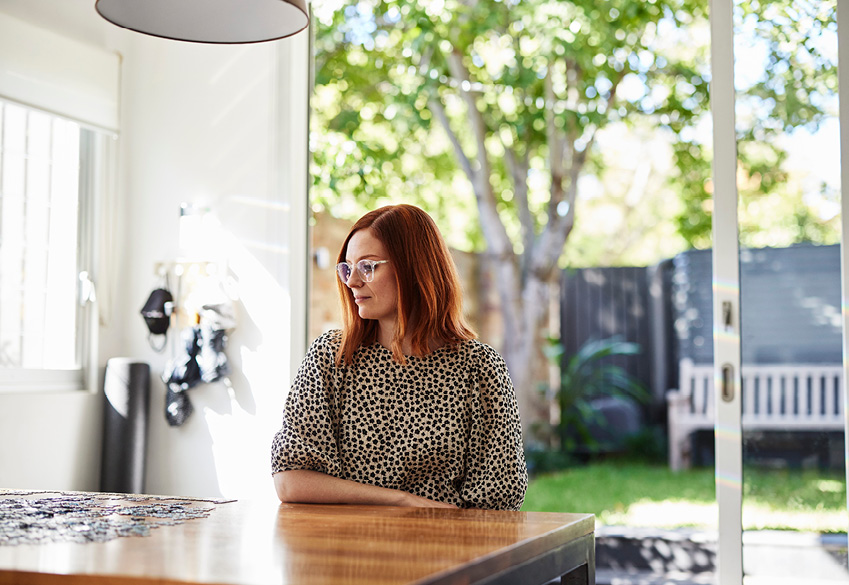
Some experts believe there may be thousands of women like Emily across Australia, struggling under the weight of undiagnosed ADHD. The longer they go untreated, it’s believed, the more likely they’ll be swamped by other conditions like anxiety and depression – conditions that are often the result of the herculean effort that goes into subconsciously managing and masking ADHD over the course of a lifetime.
There are more than 800,000 people living with ADHD in Australia, the majority of whom are adults, and yet many people still see it as a ‘little boys’’ illness. While it’s true that the neurodevelopmental disorder does affect more males than females, there are several types: hyperactive ADHD, which is common in boys, and inattentive ADHD, which is characterised by distractibility and daydreaming, and more common among girls.
Often, says Sydney clinical neuropsychologist Dr Hannah Korrel, girls with ADHD fly completely under the radar.
“The hyperactive form… the little boy jumping up and down on his seat, being really naughty, tends to get the teacher’s attention, whereas the teacher never notices the one [with Inattentive ADHD] daydreaming or staring out the window or feeling as though their brain is moving through molasses.”
The teacher never notices the one daydreaming or staring out the window.
What makes diagnosis even more difficult is that “girls are very, very good at social masking,” adds Korrel. “They act like other little girls in the class because they’re aware of being stigmatised.” They are also more likely to blame themselves for their perceived failings.
This, combined with an historical lack of research into female ADHD (early studies only focused on boys), has meant that “a lot of girls slipped through the cracks” says Korrell. Experts even have a name for this generation of undiagnosed women: The Lost Girls.
And yet – whether it’s the pressures of the pandemic or a growing awareness of the importance of mental health – Korrel is now seeing a stream of women presenting with ADHD at her Sydney clinic. Few, she says, conform to the stereotype. “They are high-flying, high-functioning women who are excellent at their jobs. However, the level of effort they have to put in to get that output is exhausting them.
“They’re successful but they’re burnt out and they get home on the weekends or evenings and they are utterly exhausted. Or they sit at their desks and hours will go past, and they realise they haven’t got anything done.”
They sit at their desks, and hours will go past and they realise they haven’t got anything done.
It’s common for women with ADHD to be hyper-focused at work, but chaotic at home, says Korrel. “If you think about it, your attention is like a bucket. So, maybe going to work takes up 50 per cent of your ‘attention bucket’ and you’ve got 50 per cent left over for home life.
“For someone with ADHD, inattentive type, their job might fill their bucket to 90 per cent. So, they only have 10 per cent left over for their home life. So, they’re fantastic at their job, but you find out they’ve got bills overdue, their house is a mess, and they can’t find anything.”
New motherhood or major events like planning a wedding are often the triggers that cause that ‘bucket’ to overflow, says Korrel.
For Emily, a diagnosis of ADHD (alongside that of mild bipolar disorder) was a revelation. Suddenly her chronic inability to start projects, her lack of stamina at the end of a long day and her near-daily panic to find almost anything in her house made sense.
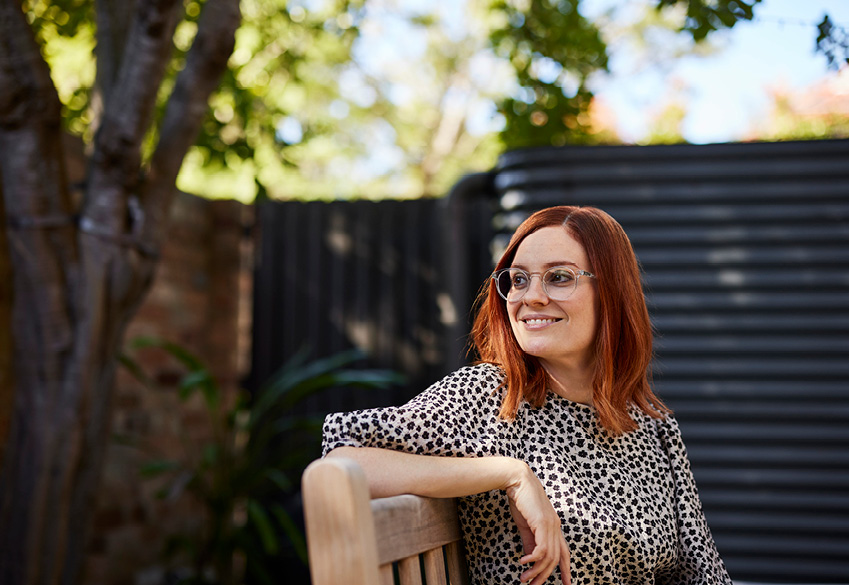
“At least once a day I misplace something. In my mid-twenties I lost my wallet four or five times. Now, I don’t have one. I’ve just always found it harder to be organised.”
In the wake of the diagnosis, she dug out her old school reports. “It [ADHD] was there in every single one. Every single report had a red flag.” In primary school, teachers remarked that she “seemed bored”. In high school, Emily “didn’t apply herself”. Sometimes, she says, “there was just no mark because I hadn’t handed in an assignment”.
Often, her mother would drop her off at school and she would walk straight out the back entrance and go home. “I wasn’t going to the shops. I would come home and go to bed. I was actually just really tired,” says Emily, whose parents took her to see counsellors at the time. Nothing seemed to help.
Back then, Emily blamed herself for her lack of motivation and organisation. “I just thought ‘I’m a miserable person” or ‘I haven’t found my tribe’. There was so much self-doubt after being told all the time, ‘Just apply yourself, try harder’. And there was so much frustration with myself, too. I was constantly telling myself, ‘That was so stupid. I can’t believe I did that’.”
There was so much frustration with myself… so much self-doubt
Self-recrimination is common among women with ADHD, with New York clinical psychologist and author of Understanding Girls With ADHD Ellen Littman once reflecting that “every woman diagnosed as an adult has a trail of tears behind her”.
But the effects of undiagnosed ADHD can stretch even further. ADHD Australia chairperson Professor Michael Kohn says marriage break-ups, an inability to hold down a job and substance abuse are just some of the potential consequences of undiagnosed ADHD.
As a society, these costs add up. In 2019, a report by Deloitte on behalf of the ADHD Professionals Association estimated that ADHD costs Australia $20.4 billion every year in financial, wellness and productivity costs.
Dr Kohn would like to see more recognition and support for ADHD. He believes that a crucial first step is to address the stigma surrounding ADHD. “There is a stigma… Number one, that you won’t be believed. Number two, that there’ll be some implication about how you were brought up… or that there is a problem with your behaviour or attitude.”
Over the past two years there has been a three-fold increase in inquiries to ADHD Australia, but Dr Kohn believes that the stigma surrounding the neurodevelopmental disorder is preventing many others from coming forward.
New Zealand psychiatrist and professor emeritus Dr Sarah Romans says there is also an issue around awareness of ADHD among doctors. “At medical school we’ve done a much better job of training medical students about the common mental disorders anxiety and depression, and we’ve done a very much poorer job with ADHD.”
At medical school we’ve done a much better job of training medical students about the common mental disorders anxiety and depression,
Frequently, women are referred to her who have been diagnosed with anxiety and have unsuccessfully tried a range of medications – only to later discover that this is because they actually suffer from ADHD and require a stimulant like Ritalin.
“[GPs] are not confident… and they’re worried about what the treatment is – and they’re particularly worried that using a stimulant might cause substance abuse or addiction.” In reality, she says, that although ADHD medication and illicit drugs both work by stimulating the pathways in the highest cortex of the brain, ADHD medication is non-addictive.
Once GPs receive better training in ADHD, Dr Romans believes there will be an “avalanche of diagnosis”.
That’s a view supported by Dr Peter Heffernan, a psychiatrist in Victoria, who has helped form a hundreds-strong network within the Royal Australia and New Zealand College of Psychiatrists “who are very interested in ADHD” and its diagnosis.
More psychiatrists trained in adult ADHD will reduce pressure on the few specialists who treat the condition; right now, across Australia, it can take months to secure an appointment with a psychiatrist to even confirm the initial diagnosis (often at a cost of more than $1000).
That’s why, six months ago, Dr Heffernan launched a training programme for doctors which he hopes to roll out nationwide. The problem, as ever, is securing funding from government. However, he believed the benefits of improved screening could be far-reaching. “Often gambling addiction is untreated ADHD. You could reduce the numbers of youth offenders in corrections facilities if you could get on with treating ADHD.”
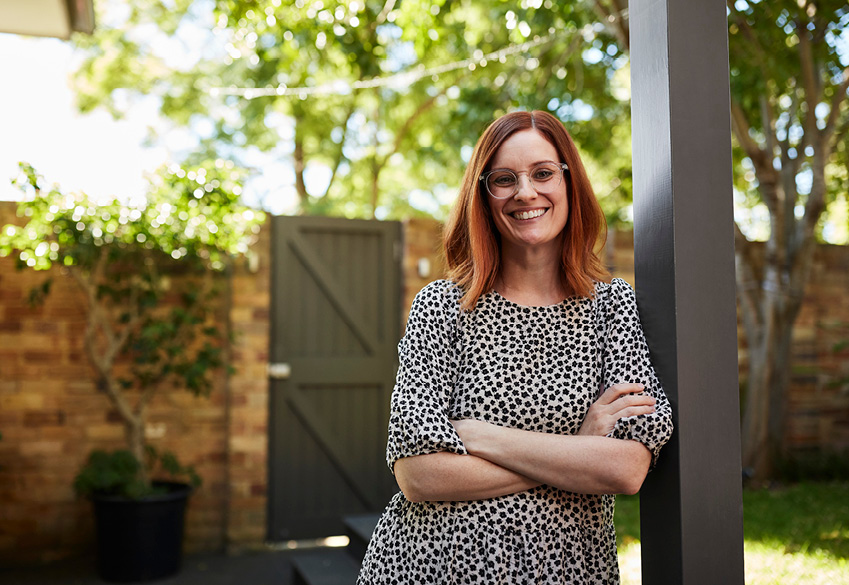
For Emily, a diagnosis of ADHD has been nothing short of life-changing. She is on medication and no longer falls asleep midway through every morning. “It’s also improved my listening and my ability to focus.” Her anxiety – which she believes was a consequence of her depleted energy levels – has also disappeared.
Today, Emily feels sad for her younger self. “I’ve spent quite a lot of time looking back, and realising that I was playing the part of a neuro-typical person – [telling myself], ‘Pay attention, don’t get distracted.’ I can see why I was so exhausted.”
But she is determined to help raise awareness of the disorder. “I’m 39. And no one had ever said this word [ADHD] to me before. I am very pragmatic. If something doesn’t feel right, I seek help. But I missed this, and it’s way more common than people realise.”
For more information about ADHD, please visit:
If you need crisis support, please contact Lifeline on 13 11 14
If you would like more stories like this, you can sign up to PRIMER’s weekly newsletter here!




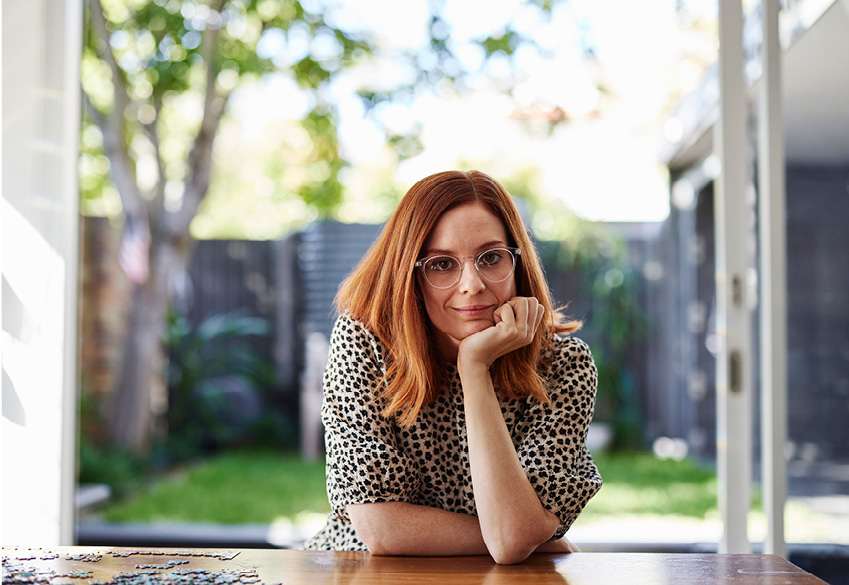
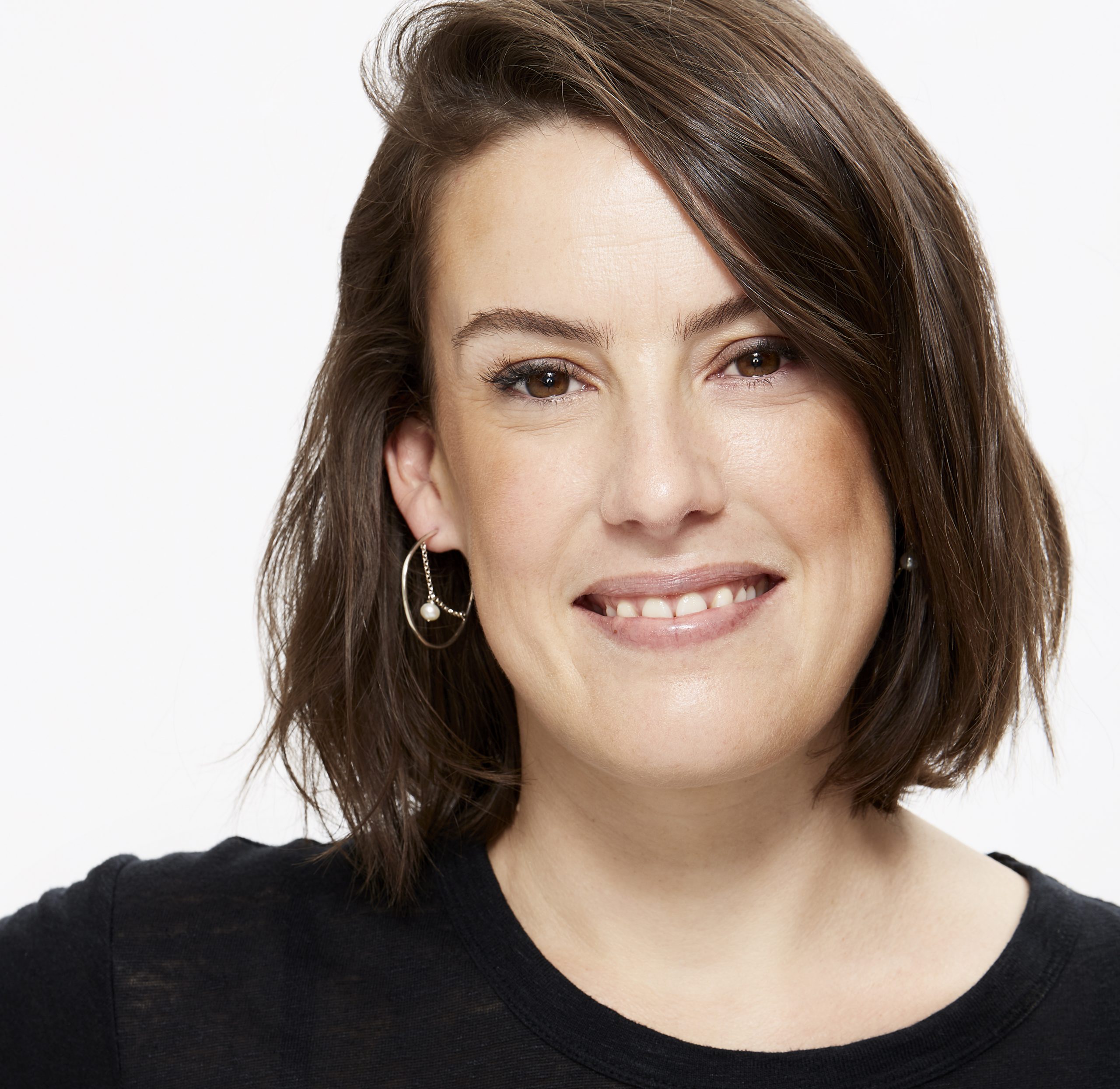

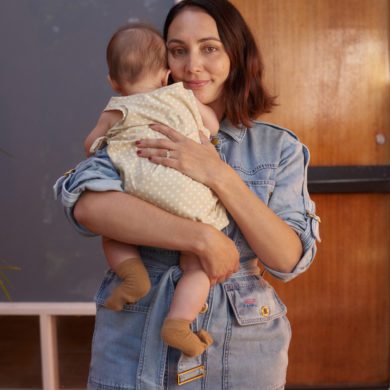
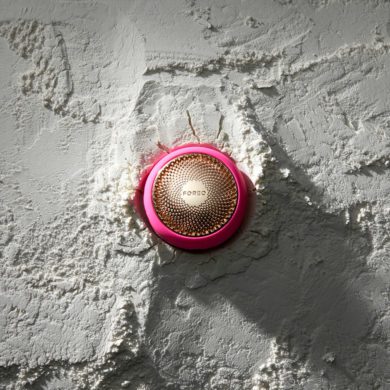
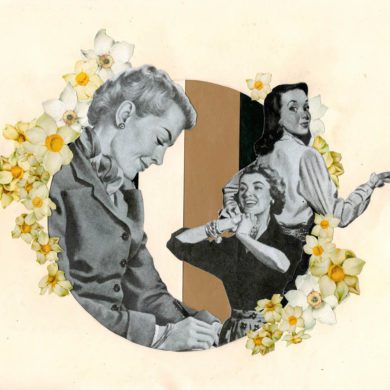
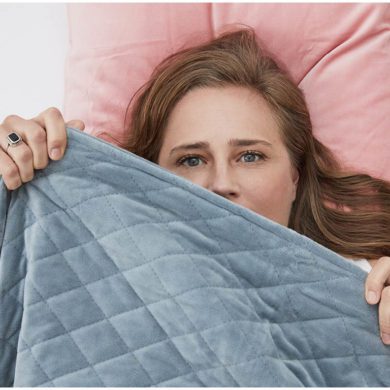


No Comments